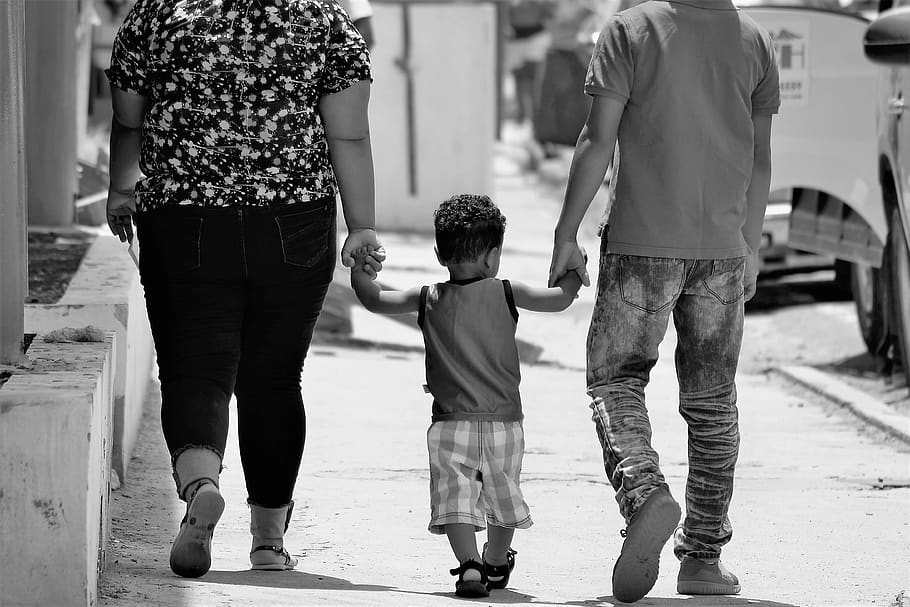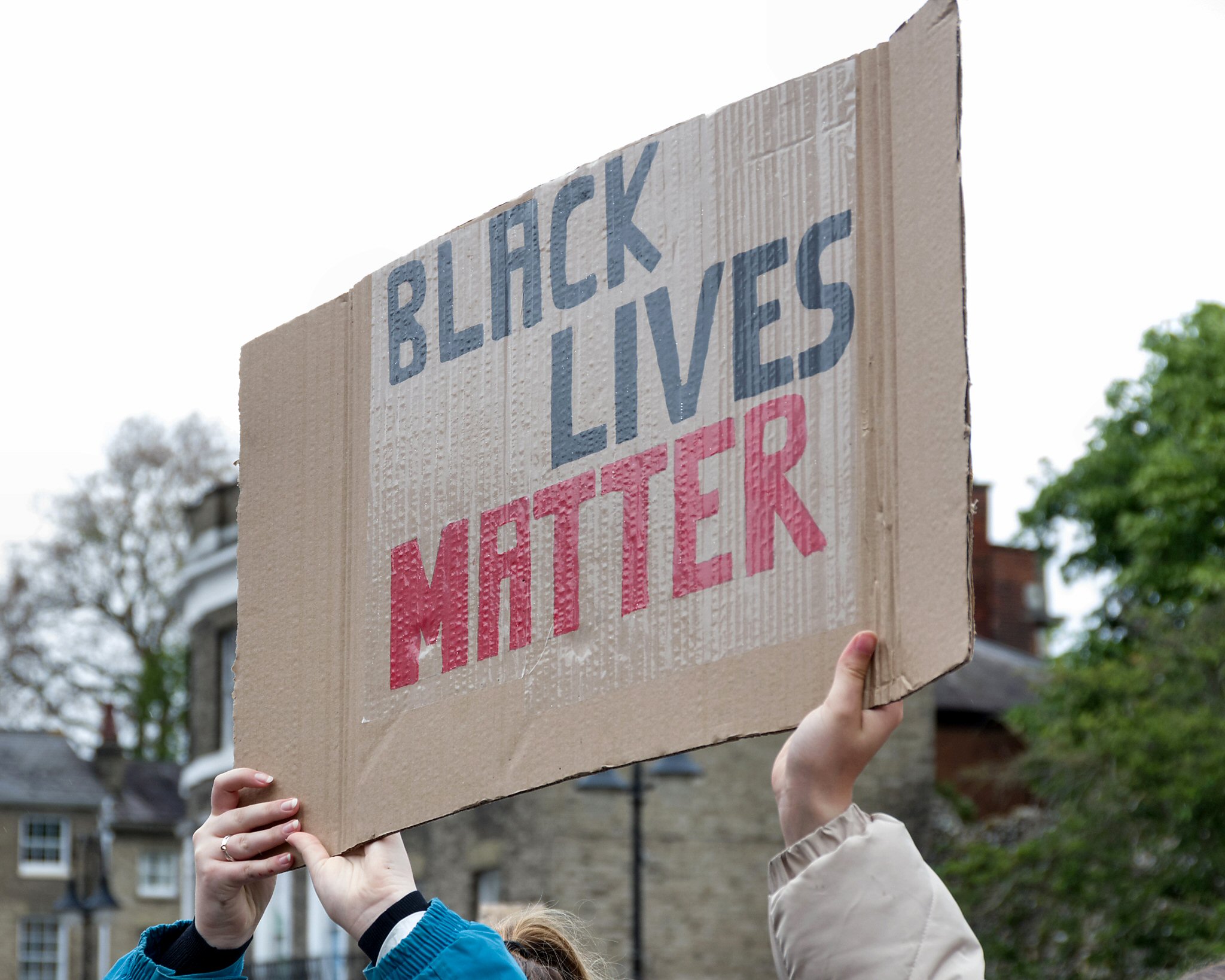Young men in gangs are often thought to always practice masculinity by engaging in violent behavior like fighting and shooting, which many attribute to systemic inequalities like mass incarceration, scarce jobs, and racism. New qualitative research by John Leverso and Chris Hess shows that as male gang members age, they remain committed to masculinity but they relate to their manhood differently.
Leverso and Hess asked about important life events that changed the way respondents understood what being a good man is in 29 in-depth interviews with current and former gang members in Chicago. These interviews showed how masculinity endures and evolves into new phases of adulthood, particularly fatherhood. the ways gang members accomplish masculinity changed drastically as they became fathers, caregivers, and husbands.
From the perspective of these current and former gang members, the ideal man is “hardworking, no punk, tough, and loyal.” Their concept of the ideal man reflects a tough, hardworking, and heterosexual ideal of manhood. These foundations of masculinity were consistent among men when describing both their past and present lives, regardless of whether they remained involved in a gang. However, despite this consensus, the ways gang members accomplish these goals of masculinity changed drastically as they became fathers, caregivers, and husbands.Even current gang members still value family as an important part in accomplishing masculinity. One example is Jason, a gang member who claims that he “will always be a Pope,” or a part of his gang. However, he now valued his role as a father more and put his daughter’s needs in front of the gang. For instance, Jason claimed he would only help his fellow gang members financially if they were desperate, but would not do anything dangerous for the gang, and if anyone asked him to do something dangerous he would “smack them silly.”
This change in understanding of being a good father was also observed with those who had left gang related activity. As a gang member, Juan expressed the importance of “putting in work” (violent or non-violent actions in service of the gang) to show he was “faithful, loyal and respectful.” For Juan today, however, “putting in work” means “spending time with his son, making money as a truck driver, and being a family man.” While no longer a gang member, loyalty and faithfulness to his family and children are still central to his ideas of manhood.
The article highlights that gang members, like non-gang members, change how they ccomplish masculinity over the course of their lives. It also challenges assumptions about gang members as having radically different understandings of manhood. Like many men who were never in gangs, they prioritize being a family man and providing for their families.








